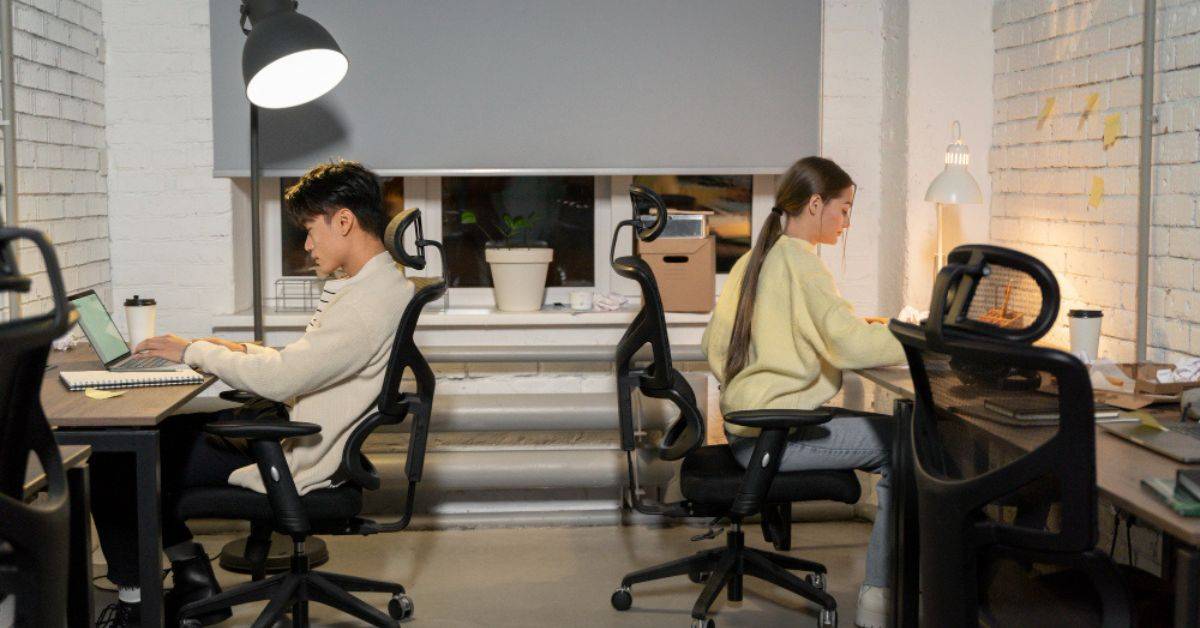Designing a Comfortable and Productive Workspace for Your Employees

The design of office spaces has a significant impact on the productivity and well-being of employees. A well-designed workspace can improve employee morale, engagement, and productivity, while a poorly designed workspace can lead to stress, discomfort, and decreased productivity. Therefore, designing a comfortable and productive workspace is essential for the success of any organization. In this blog, we will discuss some essential factors to consider when designing a workspace that fosters productivity and comfort.
Office Space Design
When designing an office space, the first factor to consider is the layout. An open plan layout is becoming increasingly popular as it allows for better communication and collaboration among employees. However, this layout can also lead to distractions and noise, which can reduce productivity. Therefore, it is essential to strike a balance between collaboration and privacy. Consider providing private meeting rooms, quiet areas, and breakout spaces where employees can work without interruptions.
Lighting is another crucial factor to consider when designing an office space. Good lighting not only helps to reduce eye strain but also enhances the overall ambiance of the workplace. Natural light is the best source of lighting as it improves mood, reduces stress, and enhances productivity. If natural light is not available, use artificial lighting that mimics natural light as much as possible.
Color is another essential element in office space design. The right color scheme can have a significant impact on the mood and productivity of employees. Cool colors such as blue, green, and purple promote calmness and concentration, while warm colors such as red, orange, and yellow stimulate creativity and energy. Consider using a mix of both warm and cool colors to create a balance between focus and energy.
Office Layout Design
The layout of an office space is crucial for the productivity and comfort of employees. When designing an office layout, consider the following factors:
Ergonomics: Provide ergonomic furniture such as adjustable chairs and desks that allow employees to work comfortably without straining their necks, backs, or wrists.
Noise: Create a layout that minimizes noise and distractions. For instance, consider placing noisy departments such as the IT department away from the main workspace.
Accessibility: Ensure that the layout is accessible for employees with disabilities. This includes providing ramps, elevators, and accessible restrooms.
Space utilization: Design the layout to maximize the use of space while still providing enough room for employees to move around comfortably.
Workspace Design
The design of individual workspaces is equally important in promoting productivity and comfort. When designing individual workspaces, consider the following factors:
Privacy: Provide employees with a sense of privacy by using partitions or screens to separate workspaces.
Storage: Provide adequate storage space for employees to store their personal items and work materials.
Lighting: Ensure that each workspace has adequate lighting to reduce eye strain and promote productivity.
Temperature: Provide a comfortable temperature that is neither too hot nor too cold. Consider using individual temperature controls or providing extra layers such as blankets or fans.
Workspace Productivity
The design of a workspace plays a crucial role in the productivity of employees. Here are some tips for designing a workspace that promotes productivity:
Reduce clutter: Clutter can lead to distraction and reduce productivity. Encourage employees to keep their workspace organized and clutter-free.
Provide adequate tools and resources: Ensure that employees have access to the tools and resources they need to do their job effectively. This includes providing software, hardware, and office supplies.
Provide comfortable furniture: Provide comfortable furniture that allows employees to work for extended periods without feeling fatigued or uncomfortable.
Encourage breaks: Encourage employees to take regular breaks to refresh their minds and prevent burnout.
Conclusion
In conclusion, designing a comfortable and productive workspace requires careful consideration of various factors such as office space design, office layout design, workspace design, and workspace productivity. By creating a workspace that promotes comfort, privacy, and productivity, organizations can improve
